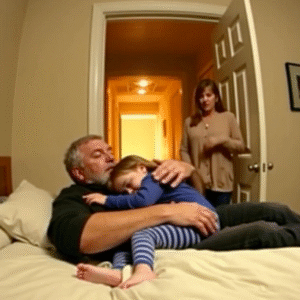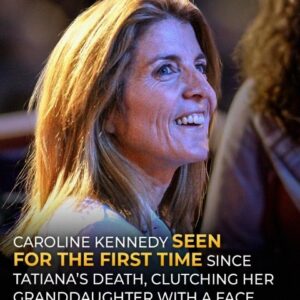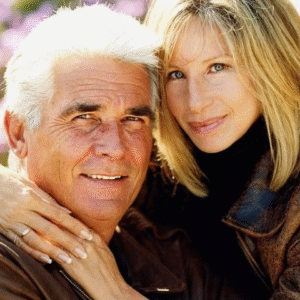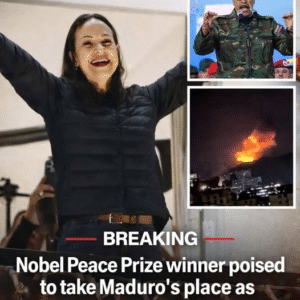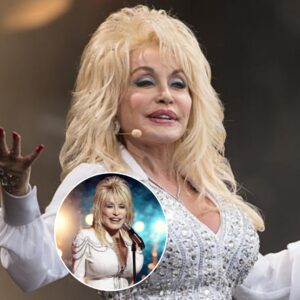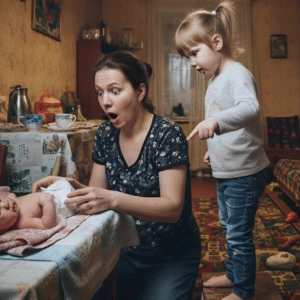A Lesson in Respect at Arlington: How a Teenager Learned the Cost of Freedom
Morning at the Tomb
The morning sun cast long shadows across Arlington National Cemetery. Visitors—families, veterans, school groups, and tourists—gathered at the Tomb of the Unknown Soldier, one of America’s most sacred memorials, to witness the changing of the guard.
On duty that day was Specialist Marcus Rodriguez of the elite Old Guard. He had trained for months, memorizing every detail of the tomb’s history and perfecting each movement with Swiss-watch precision. His mission: honor unknown service members who sacrificed everything for their country.
The crowd maintained a respectful silence, parents quietly explaining the ceremony to their children, veterans standing with hands over hearts. Reverence filled the air—until a voice shattered it.
Disrespect in Action
“You’re not even a real soldier. You’re just a toy in a fancy uniform,” sneered fifteen-year-old Brandon Mitchell. Gasps rippled through the crowd. Cameras dropped. A woman clutched her chest.
Brandon’s father, Robert Mitchell, a hedge fund manager, watched with amusement. “It’s just a show anyway,” he said, ignoring the offense.
Rodriguez remained perfectly disciplined, rifle at regulation angle, eyes fixed forward. Years of training had prepared him for distraction—but Brandon pressed on.
“I bet you can’t even move,” the boy taunted, stepping closer. “This is so stupid. Who cares about old dead guys nobody knows?”
Visitors began moving children back, searching for security. An elderly Vietnam veteran in a wheelchair watched with tears in his eyes.
Brandon’s father laughed. “Let him have fun. They get paid to stand around,” he said, drawing horrified stares.
Brandon escalated, mocking the military salute, dancing near the barrier, and taunting the sentinel. “This is the most boring job ever. My dad makes more in an hour than this guy makes in a month.”
Discipline Meets Defiance
Rodriguez acted. In one fluid motion, his rifle snapped to ready. He spun on his heel, stepped forward with controlled power, and struck the marble with a boot that sent Brandon stumbling.
“Stand back from the sentinel!” Rodriguez commanded, his voice carrying the authority of the U.S. Army. “This is sacred ground!”
The crowd went silent. Brandon’s grin vanished. He realized he had crossed a line. Even his father’s smugness faded.
A Personal Connection
An elderly woman, Eleanor Harrison, stepped forward, holding a black-and-white photograph.
“This is my brother,” she said. “Second Lieutenant Thomas Harrison. He was twenty-two when his plane was shot down over France in 1944. His body was never recovered. That tomb represents him and every service member whose families never got to say goodbye.”
Brandon froze. The weight of his actions hit him. This wasn’t a joke—this was real sacrifice.
Eleanor turned to him. “The soldier you mocked stands guard twenty-four hours a day. He protects the memory of sacrifice, ensuring their deaths mean something.”
Brandon looked down at his shoes, shoulders sagging. “I… I didn’t know,” he whispered. “I thought it was just for show.”
Eleanor handed him the photograph. On the back, faded ink read: “Lt. Thomas Harrison, 1922-1944. He died so others could live free.”
The Transformation
Brandon returned to the rope barrier and attempted a clumsy military salute. His hand shook, but his respect was genuine. Specialist Rodriguez allowed a brief, imperceptible acknowledgment before resuming his vigil.
Robert Mitchell approached, ashamed. “We owe everyone here an apology,” he said. “Most of all, we owe that soldier respect.”
The crowd spontaneously applauded—not for entertainment, but in recognition of lessons learned and respect restored.
A Lasting Impact
Brandon studied Arlington’s history, learned about the Unknown Soldier program, and began volunteering with veterans’ organizations. His father redirected his charitable giving toward veterans’ causes, establishing the Mitchell Foundation to support military families and mental health programs.
Eleanor Harrison became an educator, sharing her brother’s story across schools and veterans’ events. Her partnership with Brandon created intergenerational learning experiences, connecting students to history through personal stories.
Brandon eventually attended West Point, carrying forward the lessons of Arlington. Specialist Rodriguez continued to train soldiers, emphasizing both discipline and the meaning behind ceremonial duties.
Education, Respect, and Legacy
The incident sparked educational programs, interactive displays, and online resources that helped visitors, students, and veterans’ families connect with military history. Arlington National Cemetery became not just a place of remembrance but a hub for teaching respect, service, and sacrifice.
Brandon’s journey showed that even moments of disrespect could transform into opportunities for learning. Eleanor Harrison’s dignity, Specialist Rodriguez’s professionalism, and the Mitchell family’s growth created a legacy that reached thousands, inspiring a deeper understanding of military service and the cost of freedom.
Conclusion
The Tomb of the Unknown Soldier remains a sacred space. But it also stands as a symbol of transformation, understanding, and education. For Brandon Mitchell, it taught that privilege is not wealth, but the ability to honor those who paid the ultimate price. Respect, once learned, rippled far beyond Arlington, touching lives and shaping generations to come.
